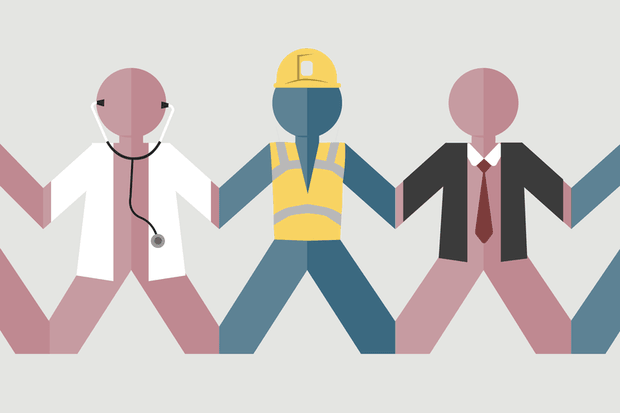Connected working: think outside the box
Published: Jun 20, 2017
Author: Eric Sorensen
This is an article about connected working. That doesn’t mean it’s about homeworking and work-life balance. Sure, today’s collaboration tools mean you can give your employees more flexibility to work from home without impacting productivity. They can constantly stay in touch with their teams and clients using IM, net conferencing and real-time document sharing tools right from their mobile device. And that’s great. It’s likely to mean happier, more engaged employees. But the benefits of connected working go way beyond that.
Connected working isn’t just another term for homeworking. It’s about the technology that’s making it possible for global teams, operating in different time zones, to collaborate effectively. It’s about the tools that are enabling field workers to do their jobs better and always be within touching distance. It’s about the connected devices that are improving processes across every part of the organization.
Real-life examples of connected work
The best way to show the impact connected working can have is to give some real-life examples:
More efficient maintenance
Google Glass is making it easier for some airplane technicians to work on aircrafts’ wiring systems. Instead of viewing complex PDFs on a small laptop screen, Boeing is testing Google Glass to give technicians quick access to assembly instructions. The technicians even use voice commands to stream what they’re seeing to a colleague for a second opinion on the situation. According to Boeing, production time and the number of errors being made have been cut substantially.
Thinking beyond airplane wiring, this technology could be critical to someone in a dangerous situation struggling to describe what they’re seeing, or someone without a free hand to call a colleague.
Vital information at the wave of a hand
Imagine an operating theatre. A surgeon needs to check an X-ray of the patient. They call across the theatre and wait for a technical assistant to find the right section. It all takes vital time. What if the surgeon could bring up all the information required with a simple gesture or spoken command?
Surgeons are trialing a new device that uses the Xbox Kinect camera to allow them to sort through scans. Instead of pausing surgery or spending precious minutes explaining to someone else what they need, surgeons can wave a hand or say a word and immediately see the information they need.
Improved access to safety requirements
Pipeline workers are using an app to access safety rules, checklists and emergency documents with a scan of a QR code and a tap of their smartphone screen. The scramble for key documents and scraps of paper is eliminated and valuable time is saved, especially important when employees are working remotely. Supervisors can scan workers’ ID cards to check training certificates to see if they’re qualified to operate a piece of machinery or complete a certain task.
The true meaning of connected work
Connected working goes beyond working from home. It’s about how you use technology to improve collaboration and boost efficiency. It’s about giving employees tools that let them do their jobs better — whether they’re in the office, on the road, at a partner’s site, or 100 feet up a telecoms mast. And these tools are becoming more readily available thanks to developments in smart phones, smart apps and secure mobile connectivity.
For more on collaboration and the connected workforce, listen to the Connected Work podcast.
